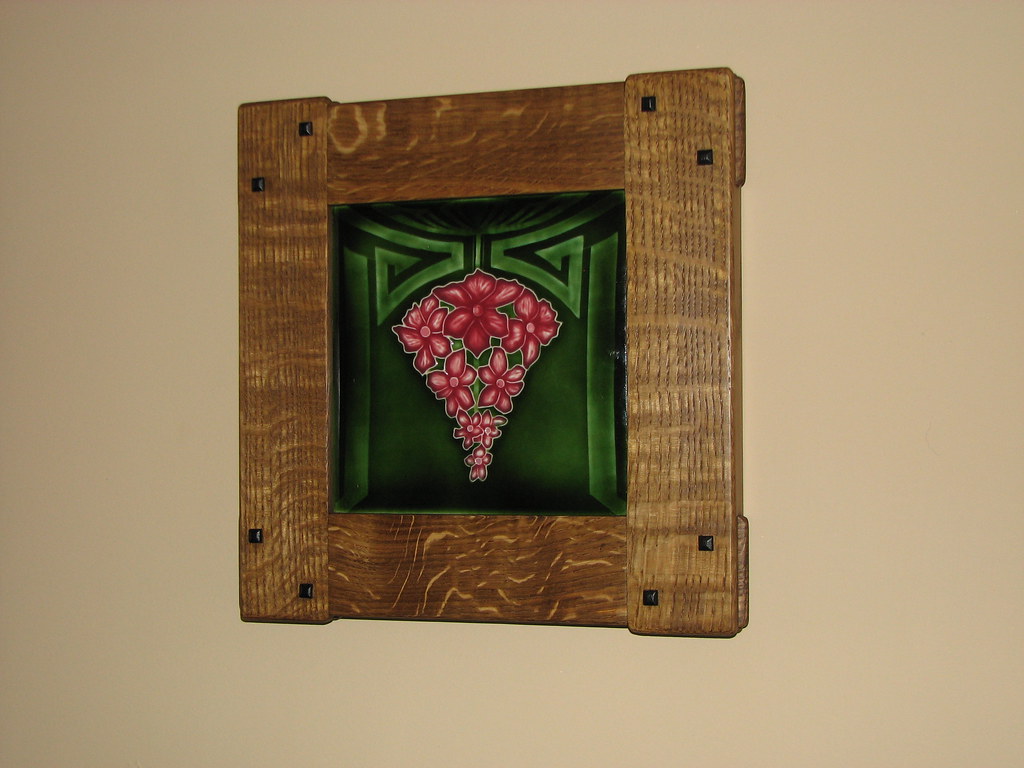Im going to make a livingroom table for one of my colleagues. She wants it to be kind of brown walnut looking or the same color as "smoked" oak. I dont know the english word for it, but when you let the fumes from ammonium touch oak wood it becomes darker.
Im planning to use oak wood in two planks and Im planning to stain it, but I heard that staining oak sometimes creates something called blotching. How do I awoid that ?




 Reply With Quote
Reply With Quote



